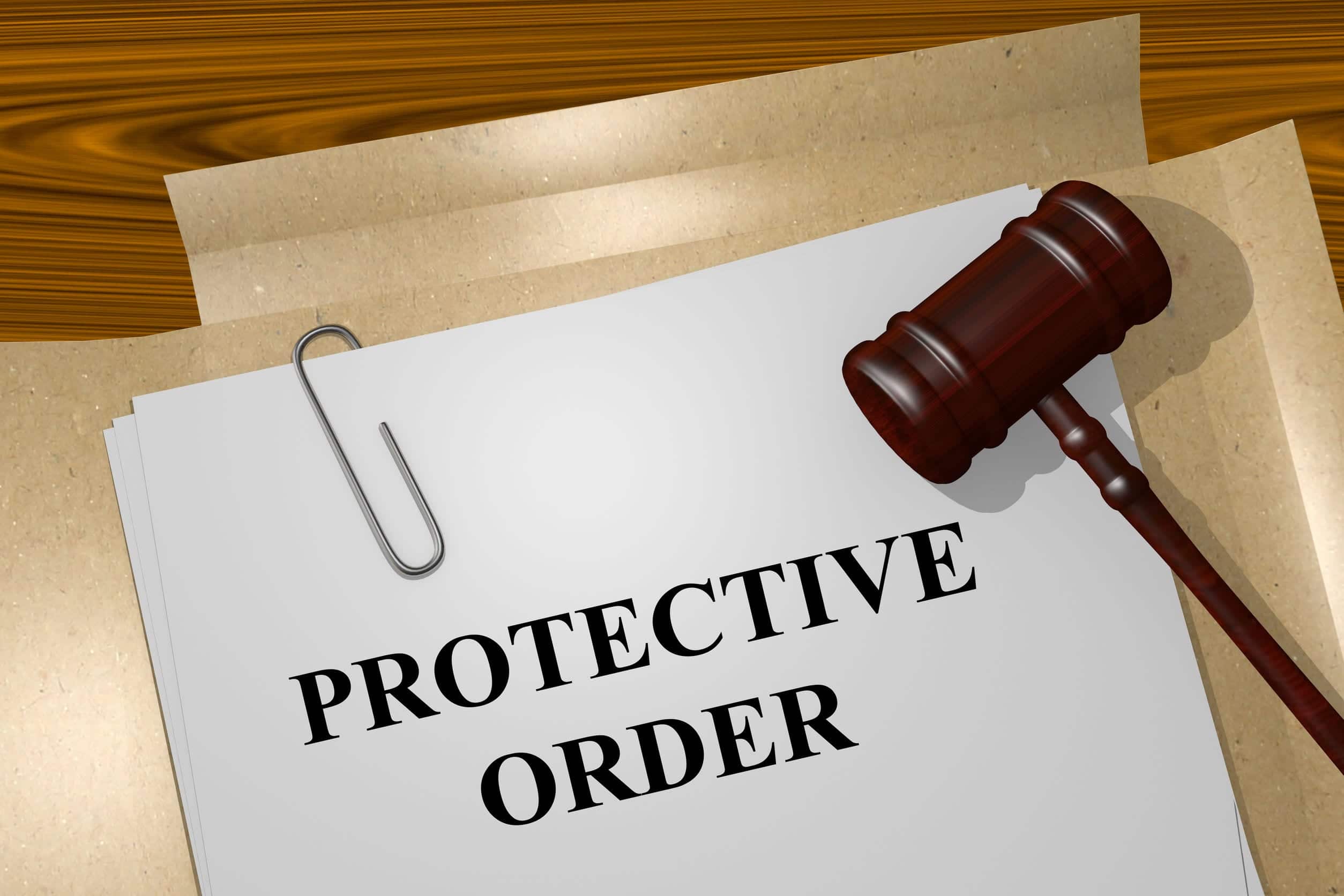Protective Order Violations During a Divorce
To say that a time leading up to a divorce may be contentious or even violent can be an understatement. After all, when a relationship has reached the point where a couple wants a divorce, chances are things are not going well between the people involved.
This may lead to situations where domestic violence occurs and, in the aftermath, an order of protection is provided to one party.
That can make the divorce proceedings a bit more complicated. Here’s what you need to know about protective orders and how they can impact your rights in a divorce proceeding.
What Is an Order for Protection?
An Order for Protection is an order by the court that can stop contact between two members of a family or household where domestic violence has allegedly taken place. It also functions to:
- Force the alleged abuser to leave the home
- Keep the alleged abuser from contacting the victim
- Order temporary spousal maintenance or child support
An Order for Protection is actually handled in a family court, not a criminal court. If police are called to a scene due to possible domestic violence, then that can be investigated as a separate criminal matter not related to the Order for Protection.
Who Can Get an Order of Protection?
Orders of Protection are asked for by household or family members in an attempt to stop domestic violence or abuse from occurring.
That can include a husband or wife, ex-husband or ex-wife, any two people who have a significant sexual or romantic relationship, anyone who lives together or has lived together, and any blood relative. Even the mother or father of an unborn child can ask for an Order of Protection.
How Orders of Protection Impact Divorce
The restrictions involved in an Order of Protection can vary from situation to situation, but in general, they are given in order to prohibit contact between the parties involved.
That means they cannot come within a certain distance of one another or even contact by phone or text. It can also impact the child custody options or parenting visitation schedule, all of which can make divorce proceedings a bit more complicated.
Part of what many people find frustrating about Orders of Protection is that because they’re civil matters, they are not held to the same standards as criminal matters.
That means that a soon-to-be ex-spouse doesn’t need to prove that their ex-partner was abusive, they simply need to show the judge that it is more likely than not that some sort of domestic violence took place.
In a divorce, that can have an impact on alimony and child custody because the judge considers all relevant factors to determine what is in the best interest of everyone involved.
If you’ve been accused of domestic violence and have children with the ex-spouse, then you may find your parenting and visitation times limited or even supervised, which isn’t a position most people want themselves in.
The Long-Term Impact of a Protection Order

A divorce that has been finalized doesn’t necessarily mean that the Order of Protection is a thing of the past, either. These orders can go on for several months or years and possible criminal charges can stem from them as well.
There are serious consequences for everyone involved in a divorce if there is domestic violence alleged. That’s why it’s vital to understand your rights if you find yourself in this situation so that you can ensure you get the best possible outcome from the divorce proceedings.
About the Author:
A former Assistant Public Defender for the Sixth Judicial District in Duluth and former staff attorney for the Indian Legal Assistance Program, Brent R. Olson is an experienced trial lawyer who has appeared in every Courthouse in the Sixth Judicial District and taken over three dozen cases to verdict. At LaCourse, Poole & Envall, Mr. Envall focuses on family law, workers’ compensation, and criminal defense. He has a strong belief in restorative justice and helped to develop the Domestic Violence Restorative Circles program.
















